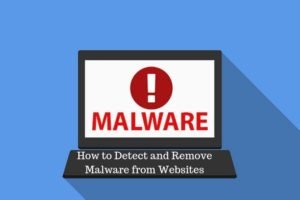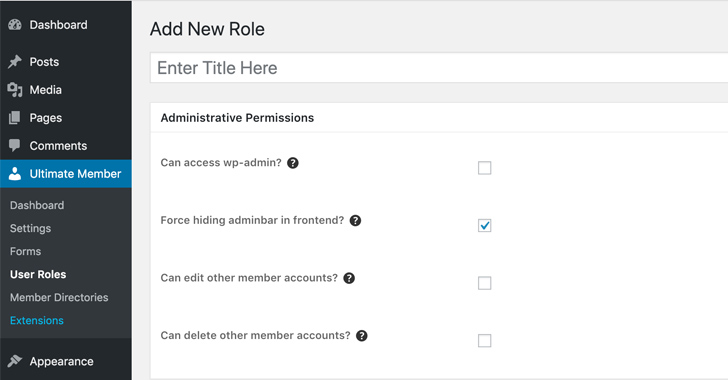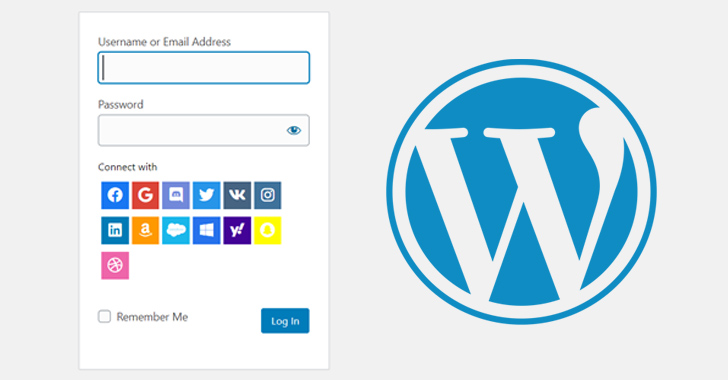Hackers are always on the lookout for vulnerable websites into which they could inject malware and use the same to distribute malware or other potentially harmful applications into users’ systems/devices.
There are many kinds of malware that evade detection and stay inactive until the hacker sends a signal to allow a backdoor entry or to unpack and spread some malicious application into the website’s database. Thus, it’s important to detect malware presence on time so as to remove it before the payload is unleashed and damage caused, not only from the website security perspective but to the business and its reputation as well. There are certain signs that indicate the presence of malware on a website. Let’s examine these signs and also discuss how to remove malware from website to ensure website security
How to detect malware presence on websites
- Noticeable difference in website performance and traffic- There will be a noticeable difference in website performance, especially relating to the traffic. There will be a noticeable dip in the traffic. If this happens, it should be seen as the indicator of malware presence and needs to be investigated.
- Apparent changes in the website’s looks- A malware leaves markers on webpages. If you happen to see changes in the text, the presence of images that weren’t uploaded by you or any other such changes in the website’s looks, you should start investigating for malware presence.
- Webpages crashing or changes in files at the backend- When webpages crash as visitors try to access them or when there are unexpected changes in some files at the website’s backend, you must start looking for malware presence.
- Unwarranted password changes and notifications- Website administrators, if they find that their websites show password changes or related notifications, should stay cautioned. It could be a malware infection. The hacker, using the malware, could be trying to take over the administrator’s account. Investigations have to be made for malware detection.
- Notification from the web host, Google delisting- Upon finding irregularities, website administrators would be notified by the website hosting service providers. Similarly, Google would also tend to delist websites where unaddressed malware infection that could harm searchers is detected. Such things call for prompt investigation.
Website Malware Removal
Once you detect malware presence on your website, there are certain things that you need to do to get it removed. Here’s an overview-
- Download website files- Website hosting providers may provide website administrators with tools that could help perform searches on the website files, look at the files from a command console and detect changes. But if there’s no such web console access, administrators should first download all of the website’s files on to their computer and then go for the searches.
- Use PHP codes to do searches for malware- Security researchers share online the PHP codes of some common malware strains. Administrators could use these PHP codes to perform searches and look for malware presence.
- Remove affected files, replace with clean copies- Once the affected files are found from the search done on website files, the tainted files have to be deleted and replaced with clean, untainted copies obtained from the backup. Once replaced, these files should be uploaded and the website would then be clean.
Website malware detection and removal tools also help
There are many website detection and removal tools that make it easy for malware detection and removal to be done. You could use any of these and do website malware detection and website malware removal in an effective manner.
Related Resources:
Weird Signs of Malware Infection










